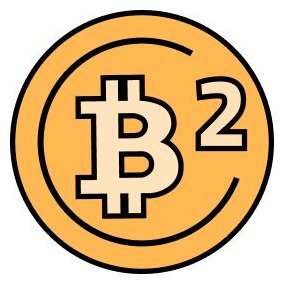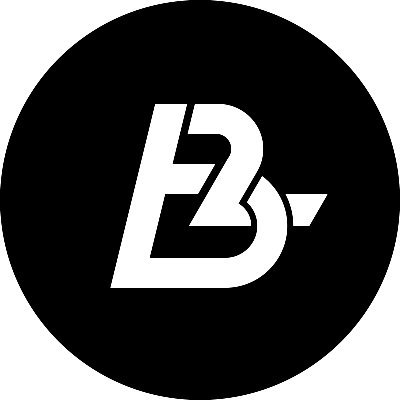Three major BTC Layer 2 projects: B² Network, Merlin Chain, and BEVM "BTC ecosystem"
Author: Lucaskog
Compiled by: Qin Xiaofeng, Odaily Planet Daily
As the Bitcoin user base continues to expand, network congestion, transaction delays, and surging transaction fees have become prevalent. Particularly in the second half of last year, the inscription sector exploded, causing Bitcoin chain Gas fees to soar, reaching over 600 at one point.
To address Bitcoin's scalability issues, Layer 2 networks have emerged, but they are still in the early stages. Odaily Planet Daily reviews three anticipated BTC Layer 2 projects that are expected to issue tokens: B² Network, Merlin Chain, and BEVM, guiding everyone through the interaction.
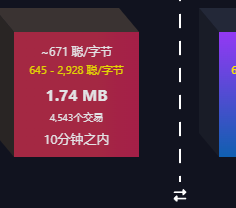
Preparation Before Participation
Bitcoin testnet coin acquisition: Enter Unisat or OKX wallet, switch the network to the testnet, and open the faucet website to input your testnet wallet address to obtain test tokens: coinfaucet (generous, can claim every 12 hours), bitcoinfaucet (can claim multiple times, but the amount is small), beyondfaucet (not very stable).
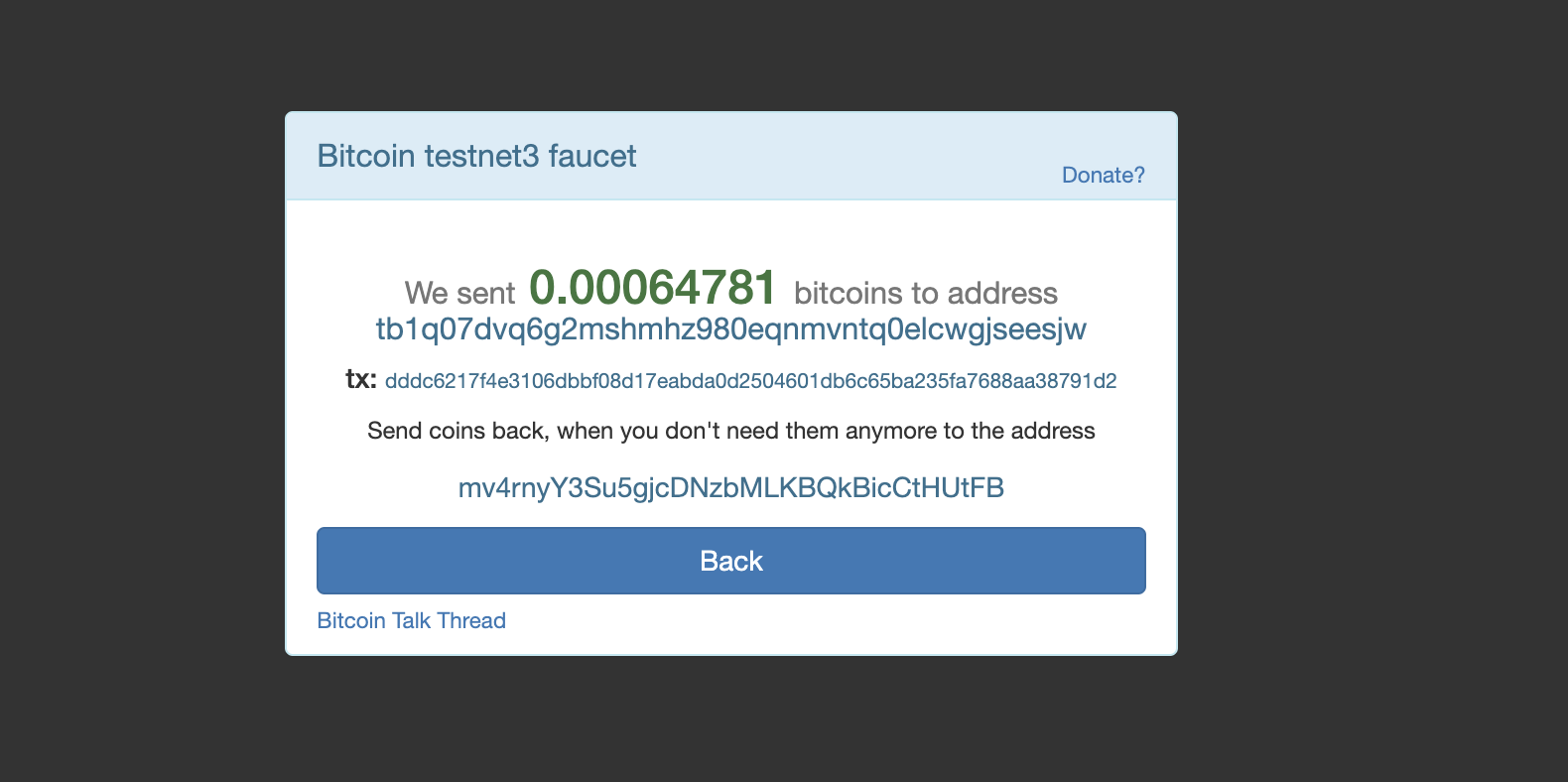
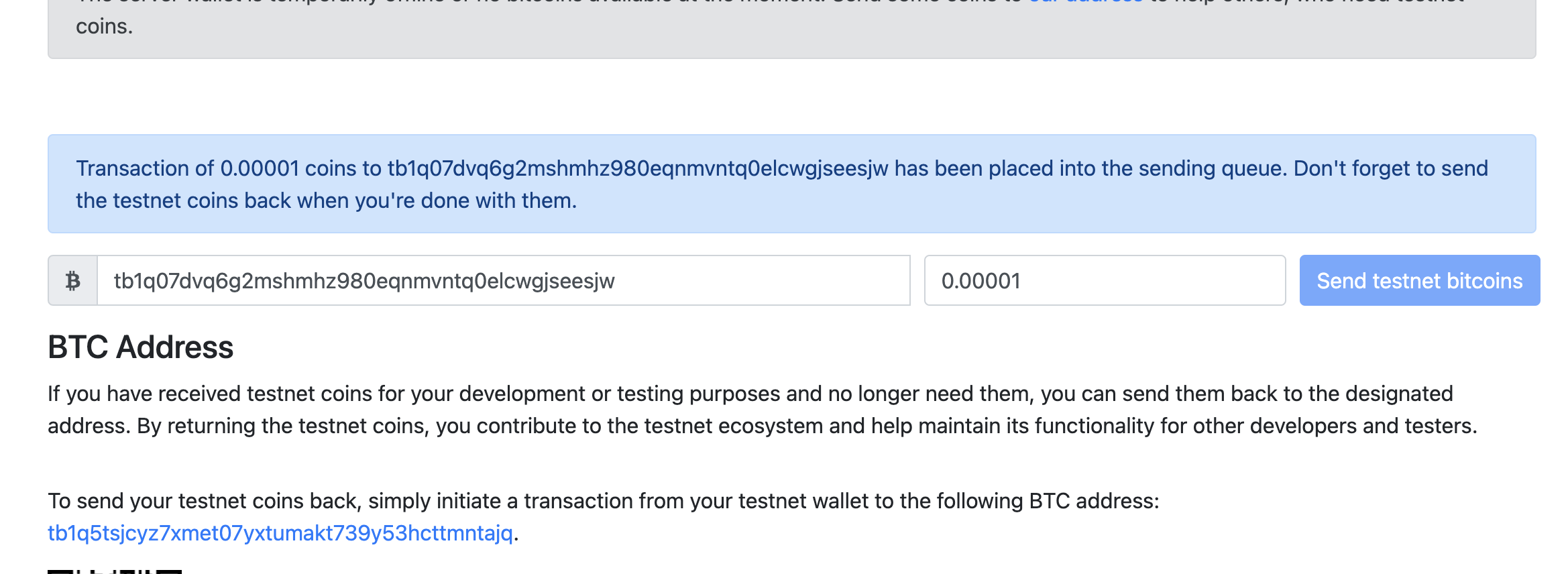
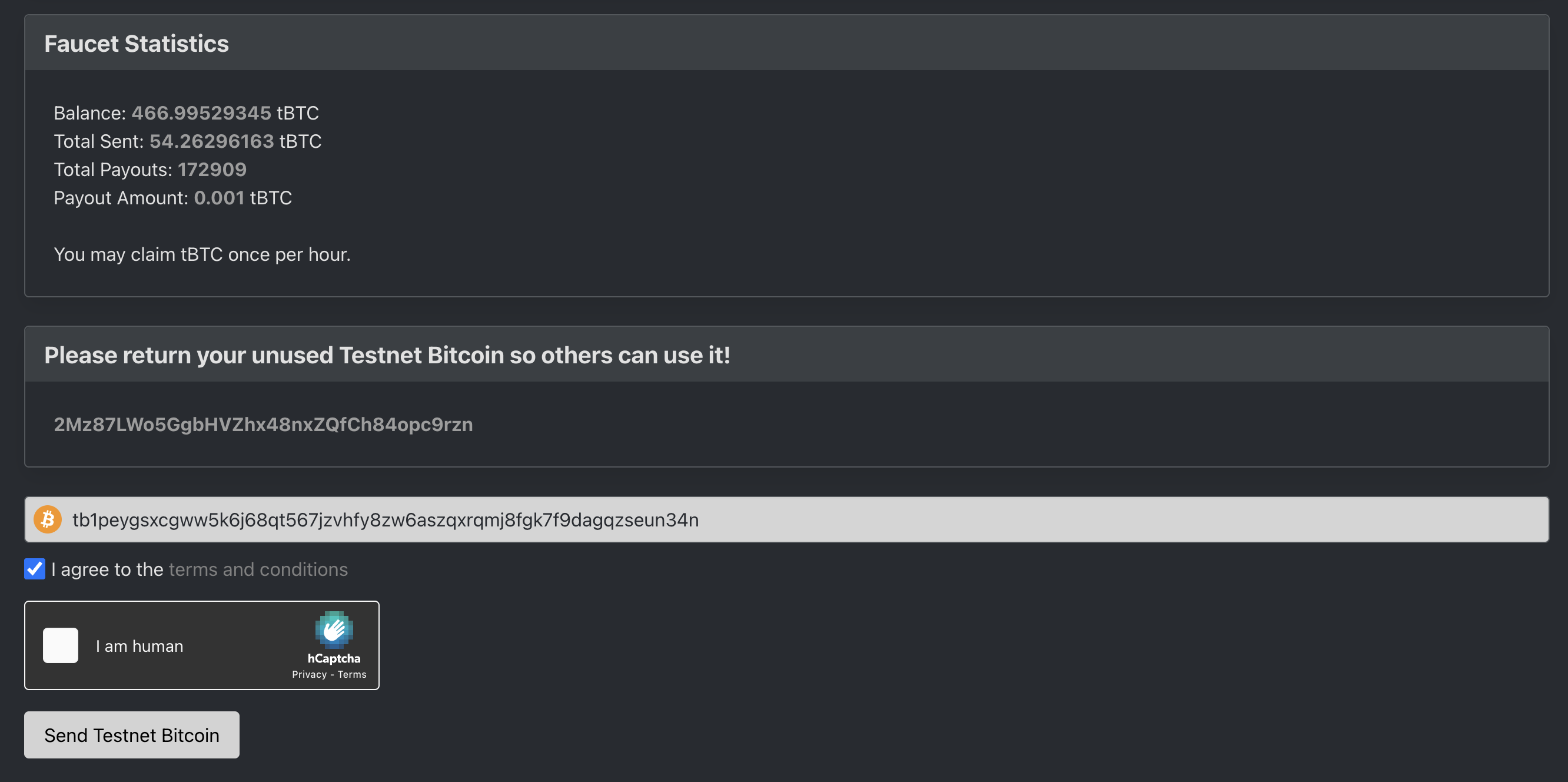
EVM testnet coin acquisition: Method 1, enter faucet to receive USDC by filling in the EVM address; Method 2, acquire on Meson as shown below:

BSquared Network
B² Network, led by HashKey Capital, OKX Venture, and Waterdrop Capital, has officially stated that 10% of the tokens will be allocated as rewards to incentivize early users, with 5% as mining rewards and another 5% distributed via airdrop.
B² Network is divided into two layers for verification: one layer is the Rollup Layer within B² Network, which uses ZK-Rollup to execute user transactions and generate related proofs. User transactions and state are stored in the ZK-Rollup layer, and the batch proposals and generated zero-knowledge proofs are transmitted to the data availability layer for storage and verification. The other layer is the data availability layer, which includes decentralized storage, B² nodes, and the Bitcoin network. The B² nodes consist of multiple modules, including incentive mechanisms, verification modules, sorters, and Bitcoin submitter modules.
Decentralized storage serves as the repository for ZK-Rollup user data and proofs, enhancing security and data reliability through distributed storage. They ensure the accuracy of data storage, the accuracy and efficiency of transaction verification and state generation, decentralization, and data security. The Bitcoin network is the final settlement layer for B² Network, allowing users to audit all B² roll transactions and use proofs on Bitcoin to verify their authenticity. The entire process relies on Bitcoin's proof-of-work algorithm to ensure the security of B² Network.
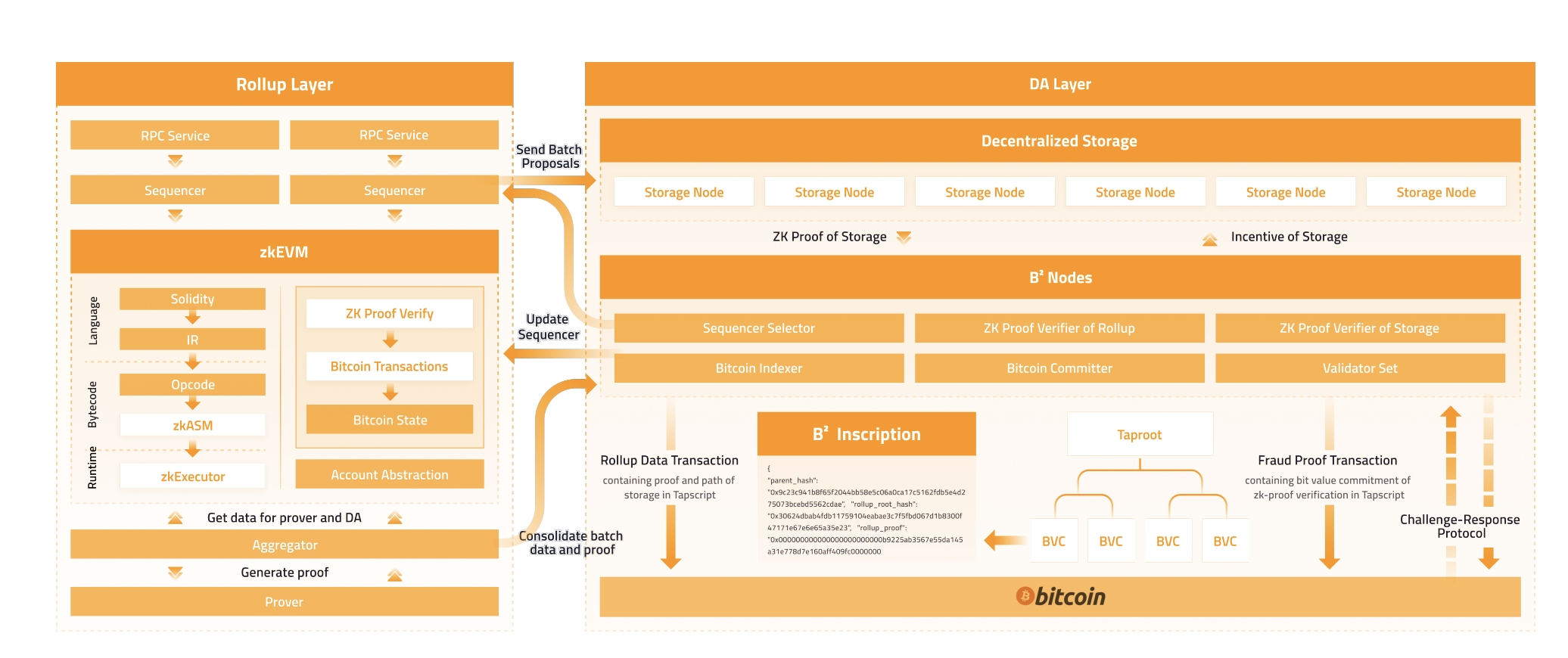
Participation Process
(1) Participate in bsquared Odyssey
The official points system has been launched, and in the future, points may be used to measure the amount of airdrop. By participating in Odyssey and completing corresponding basic tasks, cross-chain interactions, and friend invitations, you can earn points.
The cross-chain task in Odyssey is from the BTC testnet to B² Network, which belongs to layer 1 interaction. By linking Unisat and Xverse wallets from the page, you can cross-chain the obtained test coins.
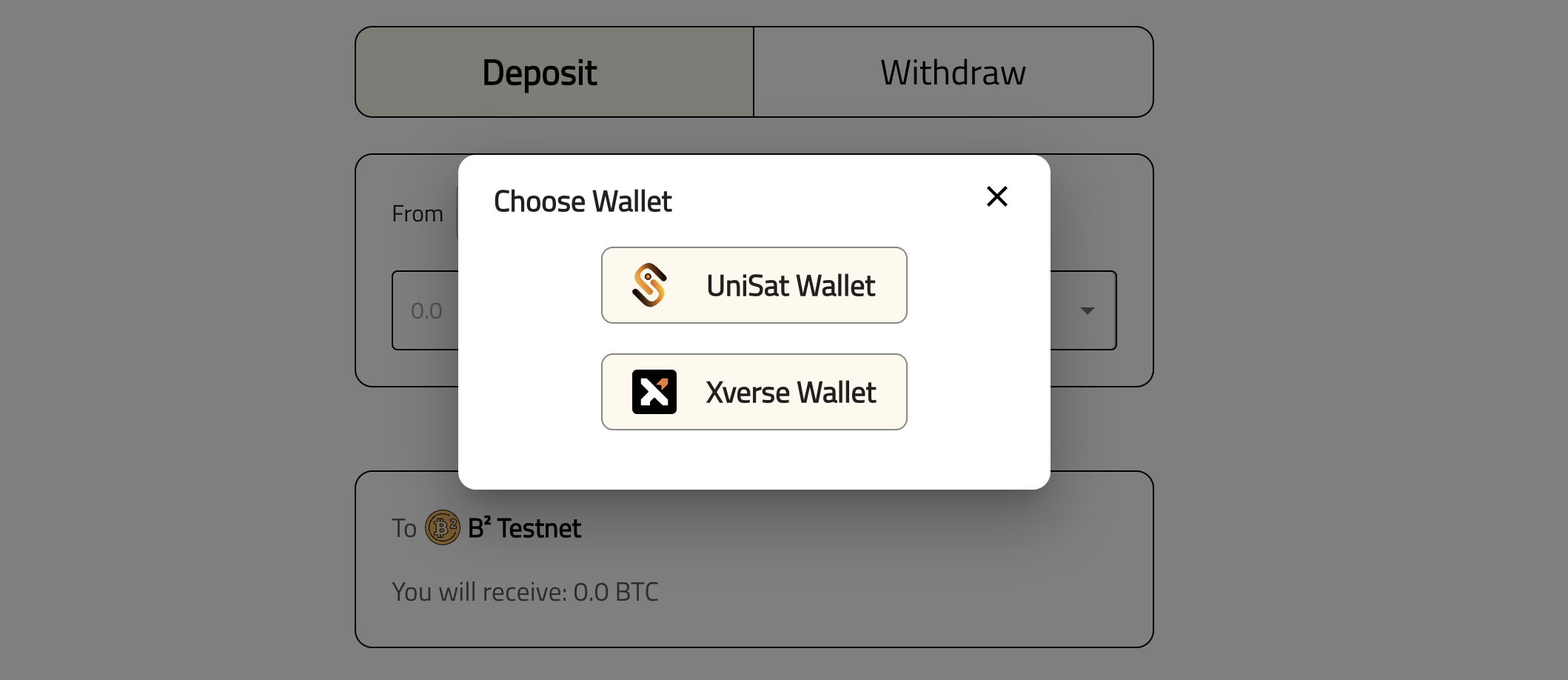
The BSquared and Meson joint Odyssey event allows you to enter the Meson official website, connect your EVM wallet, select a testnet, and cross-chain the obtained test coins to the B² testnet to earn points.
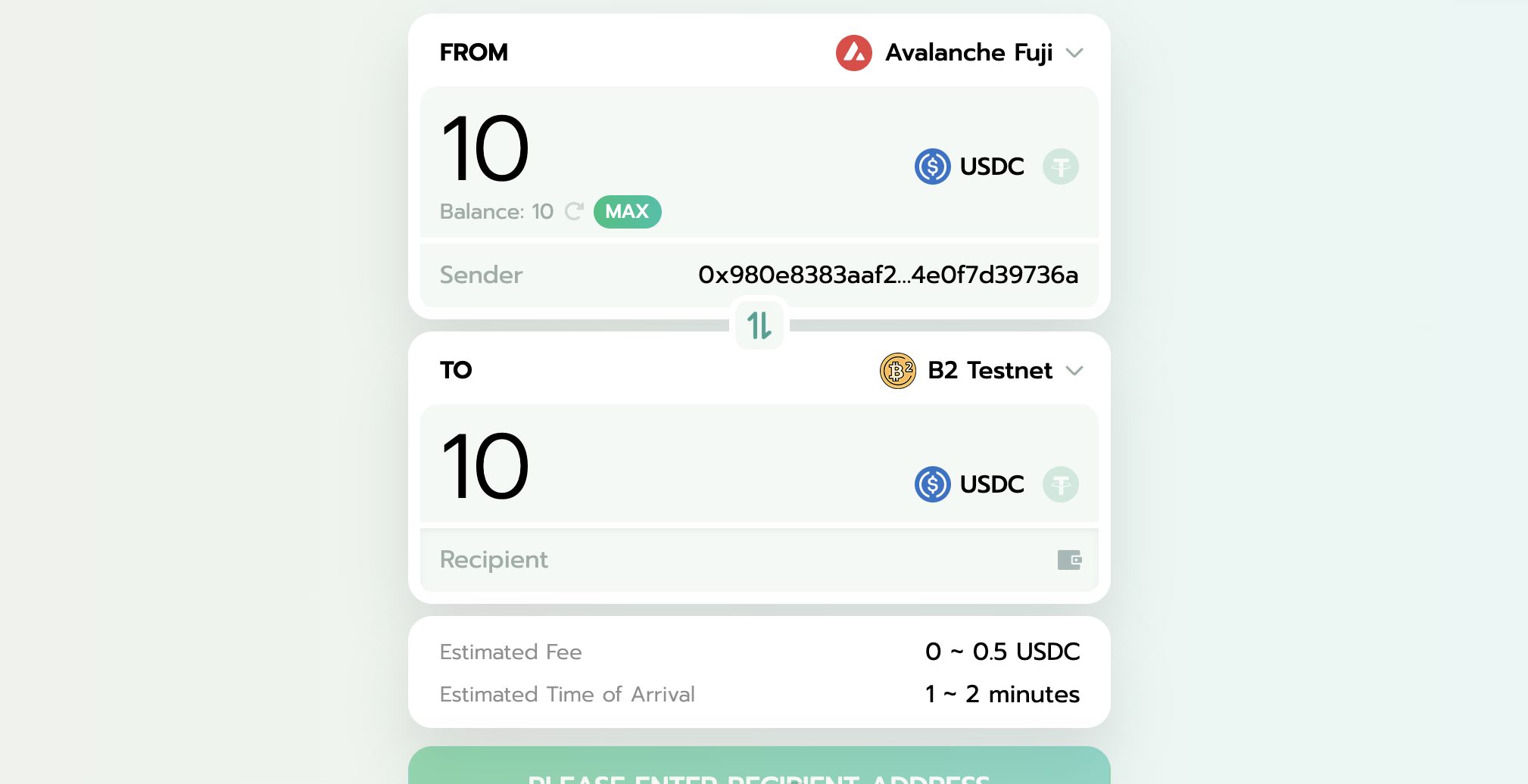
(2) Participate in B² Buzz
B² Network has launched the Buzz Campaign, where users can deposit Bitcoin, ORDI and SATS from BRC-20, wBTC, USDT, and USDC on Ethereum, or BTCB, FDUSD, and Matic on the BNB chain. In return, they will receive a certain number of parts to assemble mining equipment for mining B² native tokens (the "mining machine" refers to a virtual machine used to mine B² native tokens as rewards). The staked assets can be withdrawn in April. The activity simulates the original ecological mining of BTC, with the reward output halving every month. Production follows a schedule of 2.5% in the first month, 1.25% in the second month, 0.625% in the third month, and so on.
Essentially, this is a team invitation activity where players enter teams using invitation codes. The more assets staked in the team (taking BTC as an example), the better the parts obtained, and the faster the mining speed. By holding core assets of the Bitcoin ecosystem, users can also receive airdrops of parts, such as ORDI, Atom, Sats, and Rats.
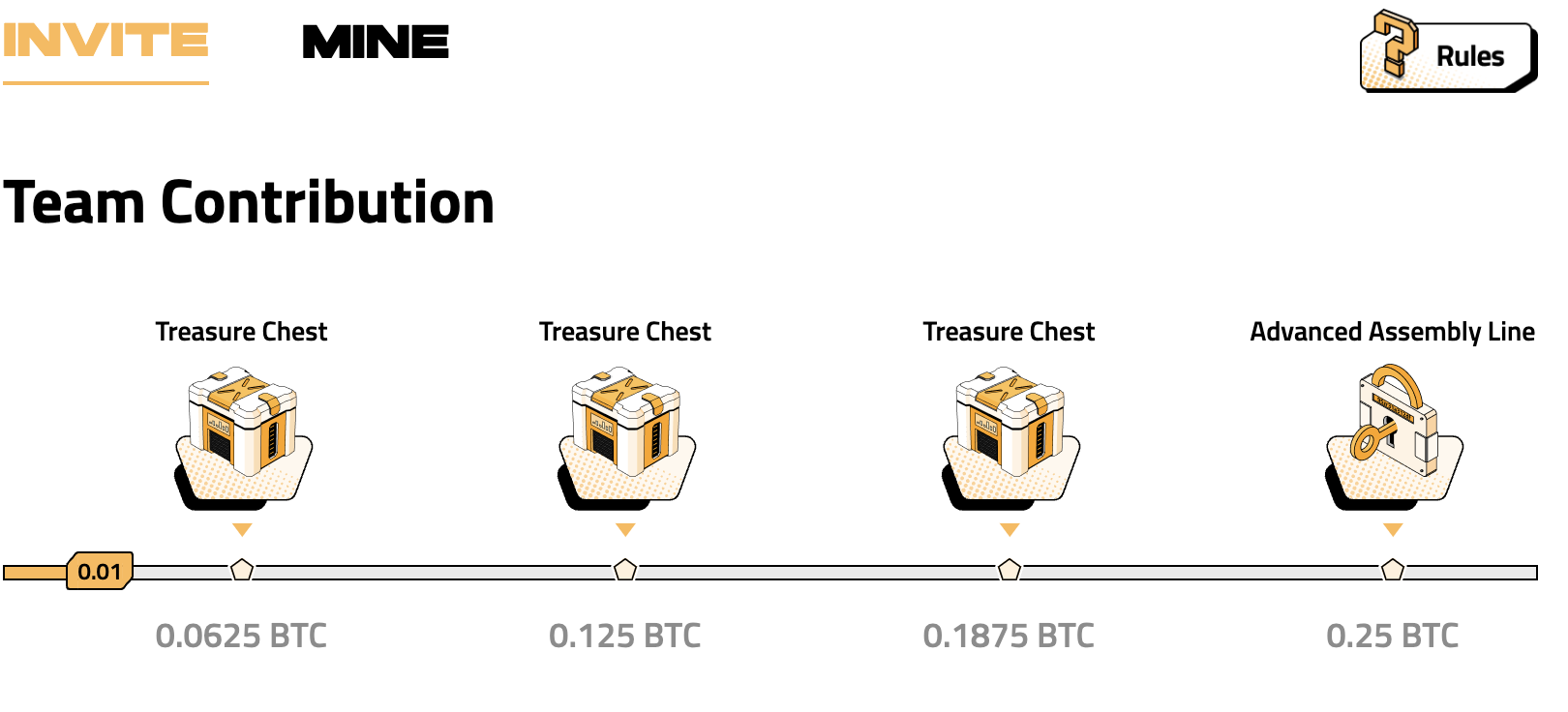
Merlin Chain
Merlin Chain is a Bitcoin Layer 2 built by the BRC 420 team. From the recent surge of BRC 420 and Bitmap, it is clear that Merlin Chain presents a great potential opportunity. The official statement indicates that it will launch the largest fair launch of Layer 2, where participation will earn points by consuming Gas.
Merlin Chain employs ZK-Rollup to compress a large number of transaction proofs into a simple checksum to improve transaction efficiency and scalability. The sorting nodes on Merlin Chain are responsible for collecting and batching transactions, generating compressed transaction data, ZK state roots, and proving through zkEVM. The compressed transaction data and ZK proofs are then uploaded to Bitcoin L1's Taproot via a decentralized Oracle network. This Taproot is available for the entire network to ensure transparency and security. Currently, Merlin Chain has connected to 40 EVM chains. Merlin Chain will integrate the first multi-chain inscription DApp, allowing users to mint assets on other layers (including Bitcoin L1) on Merlin Chain.
The official has not yet launched any participation tutorials, but the testnet is already live. After acquiring test coins, you can interact on the testnet by crossing BTC from the testnet to Merlin, with a minimum of 0.00001 BTC, and crossing back requires at least 0.00001 as a fee.
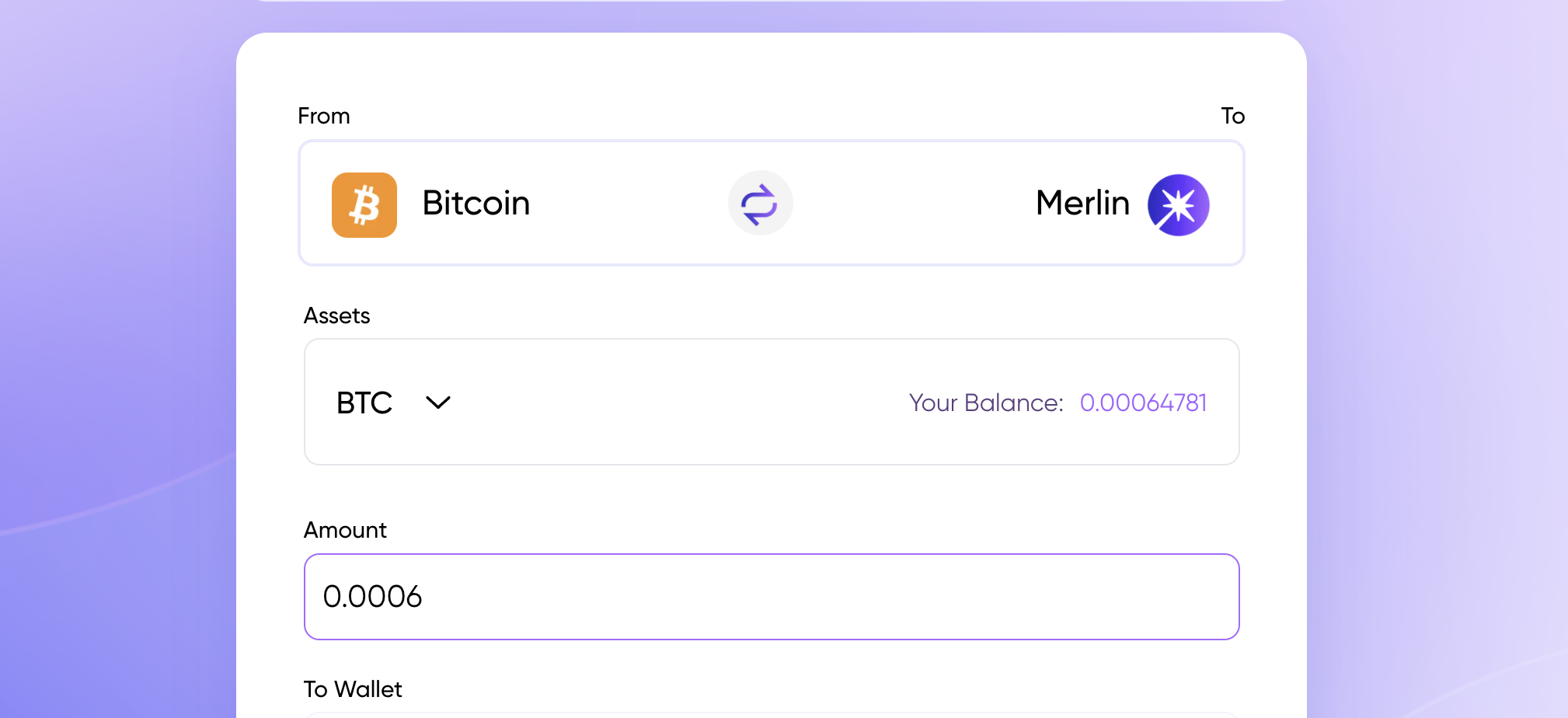
BEVM
Led by Waterdrop Capital, the project team has clearly stated that BEVM aims to build a decentralized BTC Layer 2, using BTC as Gas and being EVM-compatible, allowing various applications in the EVM ecosystem to be seamlessly and easily deployed on BEVM, thereby increasing the usage and consumption scenarios of Bitcoin. To better maintain the security of the Bitcoin network, BEVM will launch BEVM-Stack in the future, which will help high-throughput developers and Bitcoin projects build their own BTC Layer 2. Unlike the previous two projects, BEVM utilizes Taproot multisim for threshold signatures to enhance the fault tolerance of BTC cross-chain transactions.
The official has already launched the Odyssey event.
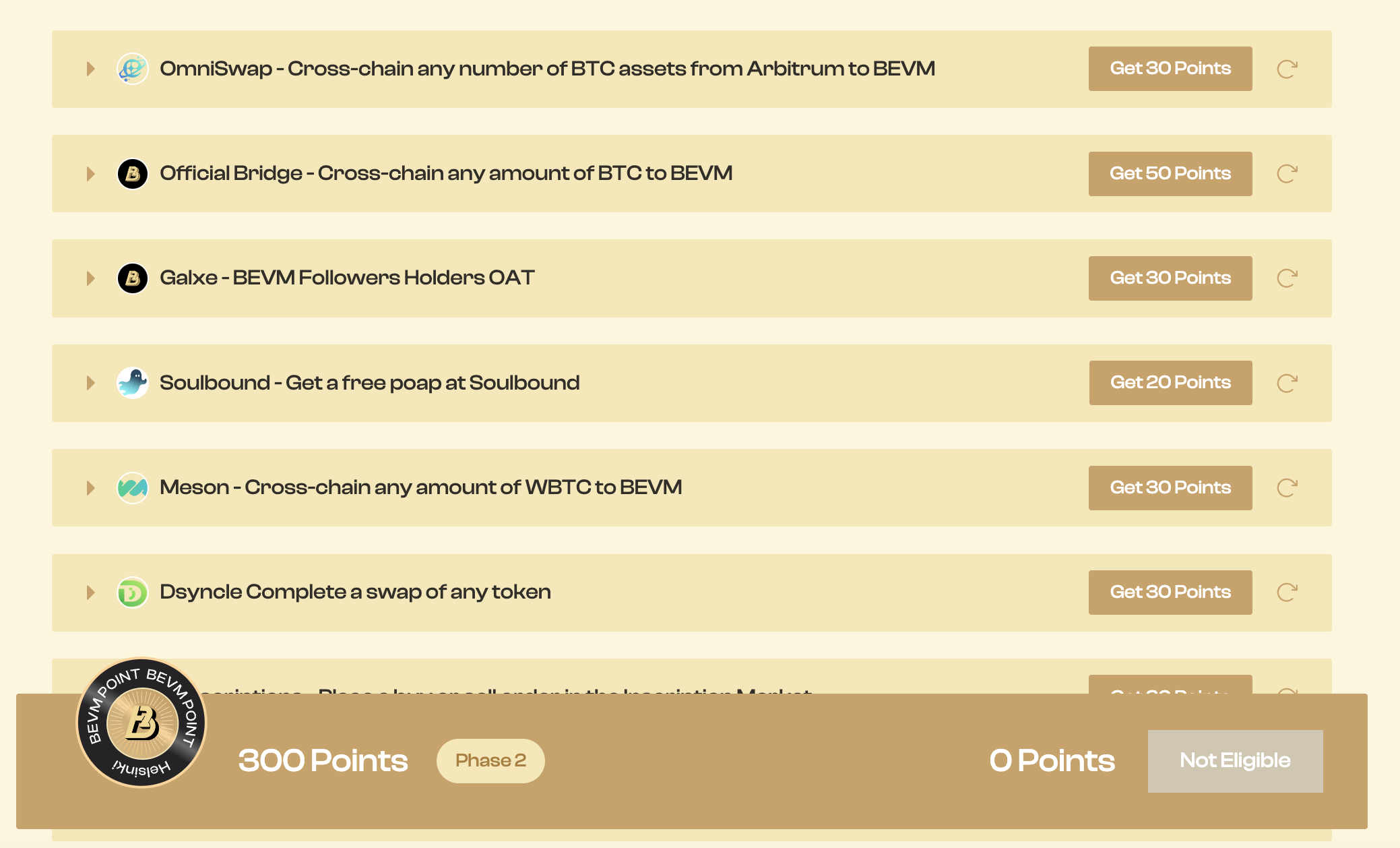
The event has opened several points for earning points: 1. The official cross-chain bridge from BTC to EVM wallet; 2. Cross-chain a certain amount of BTC through third-party bridges; 3. Basic tasks on Galaxy; 4. Trading activities on NFT platforms.
Unlike the previous two Layer 2 networks, the BEVM event requires us to spend real money, incurring certain Gas costs, and may face cross-chain risks, which participants need to consider carefully.
Summary
With the official approval of Bitcoin spot ETFs, many investment institutions have announced their support for the development of the Bitcoin ecosystem, and the next bull market may be triggered by the Bitcoin ecosystem. Compared to Layer 2 projects in the Ethereum ecosystem, BTC Layer 2 is still in a value gap. The projects mentioned in this article, which have token issuance expectations, can be key targets for investment, likely leading to future rewards.






